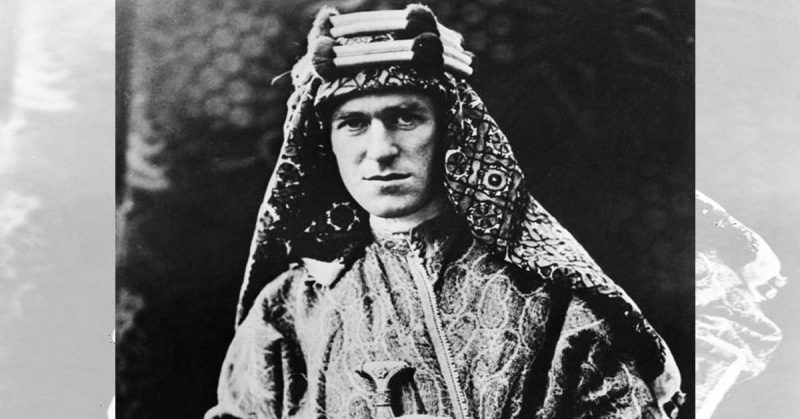In the T.E. Lawrence memoirs, ‘The Seven Pillars of Wisdom,’ the British officer recorded how he provided assistance to the Arabs in leading a rebellion against the Ottoman Empire in 1916.
Many historians didn’t believe his account of the uprising because much of it can’t be verified.
Lawrence was a trained archaeologist and was renowned during his lifetime as a hero leading small guerrilla forces who helped defeat the Ottoman Empire in the Middle East.
A researcher of the Great Arab Revolt Project (GARP), Neil Faulkner, has been working in the Jordanian desert for the last ten years and has been continually comparing his research of the Arab revolt with Lawrence’s memoirs ‘The Seven Pillars of Wisdom.’
Many people, biographers, and commentators alike have been quite critical of his memoirs. They argue that he fabricated a lot of it, or at the very least, embellished his own role to the detriment of the role of others. But the GARP Research confirms that the Turkish army encampments, the overnight camps used by the Arabs, the fortified positions, the strongholds, the hilltop fortresses, and the British Special Forces locations are there, exactly where he indicated they were in his memoirs.
And in every one of these locations we have evidence of the skirmishes. We have seen expanses of used munitions, such as bullets, cartridge clips, shrapnel balls, cartridges, etc., which confirm the battle actions he reports.
The research seems to have concluded that ‘The Seven Pillars of Wisdom’ is a remarkably thorough and trustworthy war memoir; perhaps, therefore, one of the most profound war memoirs ever written, BBC News reported.
At the Newark’s Civil War Museum, many artifacts are displayed, including several of the munitions artifacts, a chest used to transport gold to pay Arab sultans, a re-creation of a Bedouin tent, and the robes that Lawrence wore in a photo shoot that ultimately catapulted him to fame.
Lawrence transferred to the RAF in the 1920s and was based at Cranwell in Lincolnshire. From there, once a week, he would go to Newark riding his famed Brough motorcycle on his way to play snooker.
